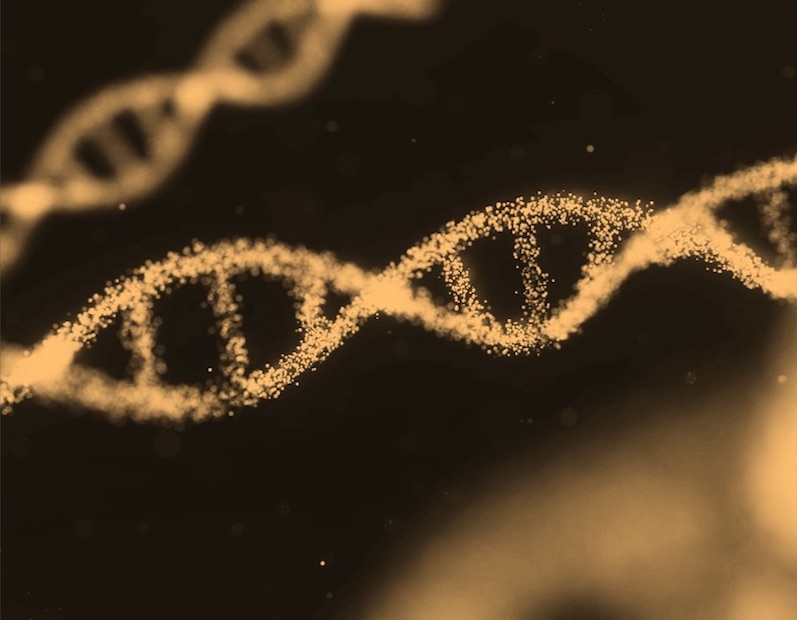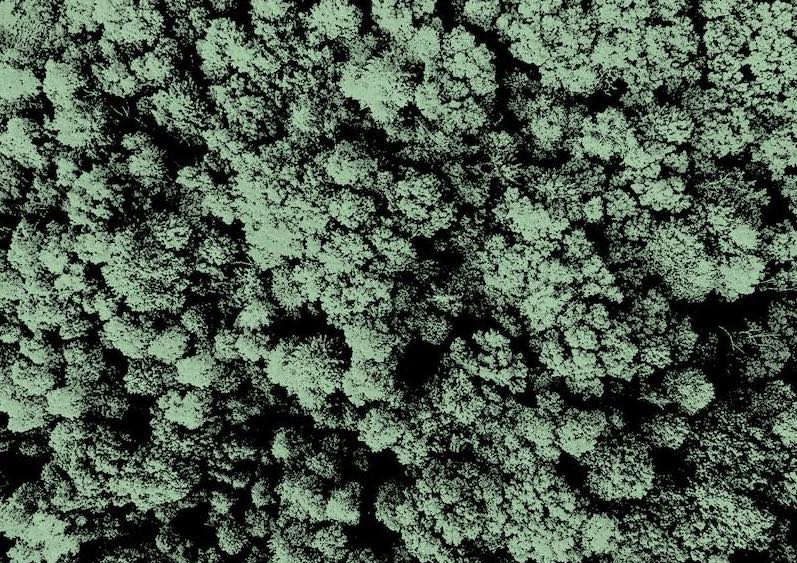What is it about?
Two putative daciniphilous (attracting fruit flies) orchids, Bulbophyllum sibling species release different floral fragrance to attract fruit fly pollinators. B. macranthum (ex. Malaysia and Thailand) releases zingerone (ZN), but variety ex Philippines releases predominantly methyl eugenol (ME). B. praetervisum releases mainly raspberry ketone (RK). However, phylogenetic investigation based on chloroplast DNA sequences showed that the two sibling species are in the same lineage while the variety that secretes ME is slightly separated from the same species lineage. Further in-depth evaluations, namely based on sequence analyses of nuclear genes and microsatelites, are warranted to ascertain the actual species delimitation.
Featured Image
Why is it important?
Daciniphilous orchids use different floral chemicals to attract different groups of fruit flies e.g. RK to attract cue-lure (CL) -responsive males, ME the ME-responsive males while ZN both ME- and RK-responsive as well as ZN-responsive flies.
Perspectives
The two Bulbophyllum sibling species, though separated solely based on morphological characters, may be the same species based on chloroplast DNA sequences.
Dr. Keng-Hong Tan
Read the Original
This page is a summary of: Floral synomone diversification of Bulbophyllum sibling species (Orchidaceae) in attracting fruit fly pollinators, Biochemical Systematics and Ecology, December 2018, Elsevier,
DOI: 10.1016/j.bse.2018.10.002.
You can read the full text:
Contributors
The following have contributed to this page







